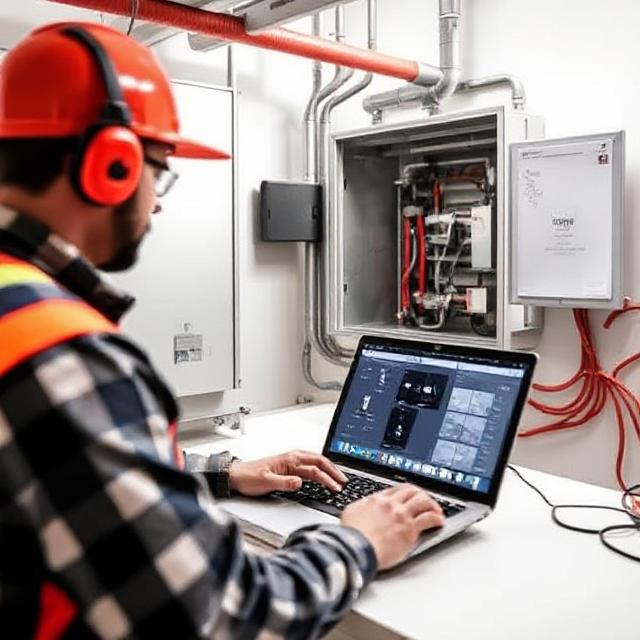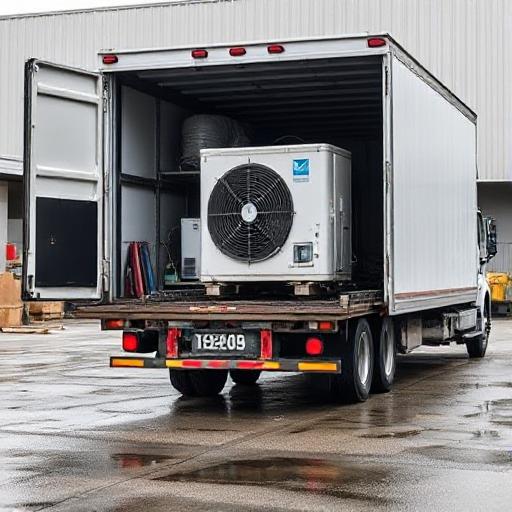Improving Indoor Air Quality Safety in HVAC Installations
Did you know that the air inside your home might be more polluted than the air outside? With Americans spending about 90% of their time indoors, the quality of the air we breathe in our homes and workplaces has never been more critical. This blog post will explore how you can improve indoor air quality safety with HVAC installations, helping you create a healthier environment for you and your loved ones.
Understanding Indoor Air Pollution and Its Impact
Indoor air pollution is a silent killer, contributing to 3.8 million deaths annually worldwide. Common pollutants include carbon monoxide, particulate matter, volatile organic compounds, formaldehyde, radon, and allergens like mold and pet dander. These pollutants can lead to various health issues, such as headaches, fatigue, respiratory difficulties, and even increased risks of heart disease and cancer. Moreover, poor indoor air quality can significantly impact productivity, with studies showing a 6–9% decrease in office settings due to low ventilation.
Essential HVAC Strategies for Better Air Quality
Improving your indoor air quality involves several critical strategies. Source control, enhanced ventilation, and upgrading your HVAC filtration system can make a world of difference. Consider using MERV 13+ filters and portable HEPA air cleaners to capture more pollutants effectively. Advanced systems, like those from Daikin, offer high-efficiency filtration and demand-control ventilation, ensuring the air you breathe meets safety standards outlined by ASHRAE.
Key Solutions for Cleaner Indoor Air
- Install MERV 13+ filters for better HVAC air filtration.
- Regularly schedule air duct cleaning to remove accumulated dust and debris.
- Incorporate HEPA filters in your HVAC system for superior air purification.
- Focus on improving indoor ventilation to reduce carbon dioxide levels.
- Engage in regular HVAC system maintenance to ensure optimal performance.
Conclusion
By understanding the sources and impacts of indoor air pollution, you can take proactive steps to enhance air quality in your home or office. Implementing strategies like upgrading your HVAC filters and maintaining your system regularly can lead to healthier environments and improved well-being.
Ready to improve the air quality in your space? Contact a professional today to discuss your HVAC installation safety needs!
FAQ: Indoor Air Quality Safety
What are the main indoor air pollutants?
The main indoor air pollutants include carbon monoxide, particulate matter, volatile organic compounds, formaldehyde, radon, mold, and pet dander.
How does poor indoor air quality affect productivity?
Poor indoor air quality can lead to a 6–9% reduction in productivity and increase sick leave by 130% due to low ventilation levels.
What are MERV rated filters?
MERV rated filters are used in HVAC systems to measure the effectiveness of air filtration. Higher MERV ratings indicate better filtration of pollutants.
How often should I clean my air ducts?
It’s recommended to clean your air ducts every 3 to 5 years or more frequently if you notice excessive dust or mold growth.
What is the role of HEPA filters in improving air quality?
HEPA filters are designed to capture 99.97% of particles as small as 0.3 microns, making them highly effective in improving indoor air quality by removing fine particles.






